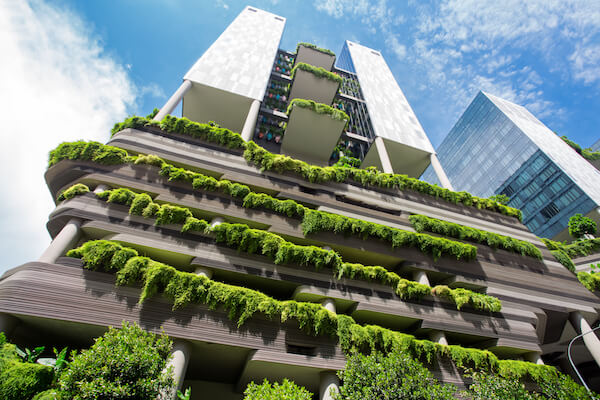Sustainable Construction: Essential Green Building Practices

Constructing the Future: Navigating Essential Green Building Practices
Green building practices are becoming increasingly integral to the construction industry, as sustainability takes center stage. Explore the essential elements that define these practices and contribute to a more environmentally conscious and energy-efficient future.
1. Energy-Efficient Design: The Foundation of Green Buildings
At the core of green building practices lies energy-efficient design. This approach focuses on optimizing the use of energy resources throughout a building’s lifecycle. From the initial design phase to construction and operation, energy efficiency is prioritized to reduce environmental impact and minimize energy consumption.
2. Sustainable Materials: Choosing Wisely for Longevity
Selecting sustainable materials is a key aspect of green building. Materials with a lower environmental footprint, such as recycled or rapidly renewable resources, contribute to a more sustainable construction process. Prioritizing durability and longevity minimizes the need for frequent replacements, reducing overall waste.
Green Building Practices: Discover more about sustainable construction at JetDesignHome for a greener and energy-efficient future.
3. Water Conservation Strategies: Preserving a Precious Resource
Green building practices extend to water conservation, addressing the critical need to preserve this precious resource. Incorporating efficient plumbing fixtures, rainwater harvesting systems, and landscape design that minimizes water usage are essential components of sustainable construction, contributing to both environmental and economic benefits.
4. Passive Design Principles: Leveraging Natural Elements
Passive design principles harness natural elements to enhance a building’s performance. This includes strategic positioning for optimal sunlight exposure, natural ventilation systems, and utilizing thermal mass. By leveraging these passive design strategies, buildings can reduce reliance on mechanical heating and cooling systems, leading to energy savings.
5. Renewable Energy Integration: Harnessing the Power of Nature
Green buildings often integrate renewable energy sources, such as solar panels or wind turbines, to generate clean and sustainable power. This proactive approach not only reduces dependence on traditional energy grids but also contributes to the overall reduction of greenhouse gas emissions, aligning with broader environmental goals.
6. Waste Reduction and Recycling: Minimizing Environmental Impact
Efficient waste management is a hallmark of green building practices. Construction projects generate a significant amount of waste, but through proper planning, recycling, and reusing materials, the environmental impact can be minimized. Waste reduction strategies contribute to a circular economy and support long-term sustainability.
7. Indoor Environmental Quality: Prioritizing Occupant Well-Being
Green building practices extend beyond the exterior, focusing on creating healthy and comfortable indoor spaces. This involves selecting materials with low volatile organic compound (VOC) emissions, ensuring proper ventilation, and prioritizing natural light. Enhancing indoor environmental quality contributes to the well-being and productivity of building occupants.
8. Green Roof Installations: Adding a Touch of Nature
Green roofs, covered with vegetation, provide insulation, absorb rainwater, and contribute to biodiversity in urban areas. This eco-friendly addition to buildings helps reduce the urban heat island effect and supports overall environmental sustainability. Green roofs are a visually appealing and functional element of green building practices.
9. Smart Building Technologies: Enhancing Efficiency
Incorporating smart building technologies is an emerging trend in green construction. These technologies include sensors, automation systems, and energy management platforms that optimize energy usage, monitor building performance, and enhance overall efficiency. Integrating these innovations aligns with the evolving landscape of sustainable construction.
10. Certifications and Standards: Guiding Sustainable Practices
Green building practices often align with certifications and standards that set benchmarks for sustainable construction. Certifications such as LEED (Leadership in Energy and Environmental Design) provide a framework for evaluating and recognizing environmentally responsible building strategies. Adhering to these standards ensures a comprehensive and systematic approach to green construction.
In conclusion, embracing green building practices is crucial for constructing a sustainable future. These practices not only minimize the environmental impact of construction but also contribute to creating healthier, more efficient, and resilient buildings. Explore sustainable construction solutions at JetDesignHome for insights into green building practices and their transformative impact.









